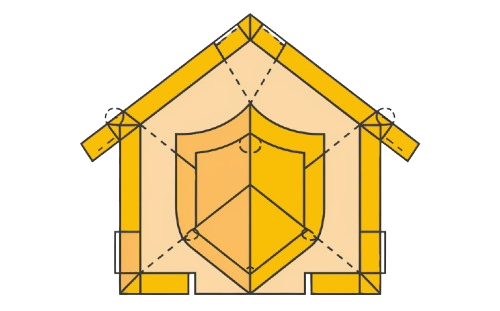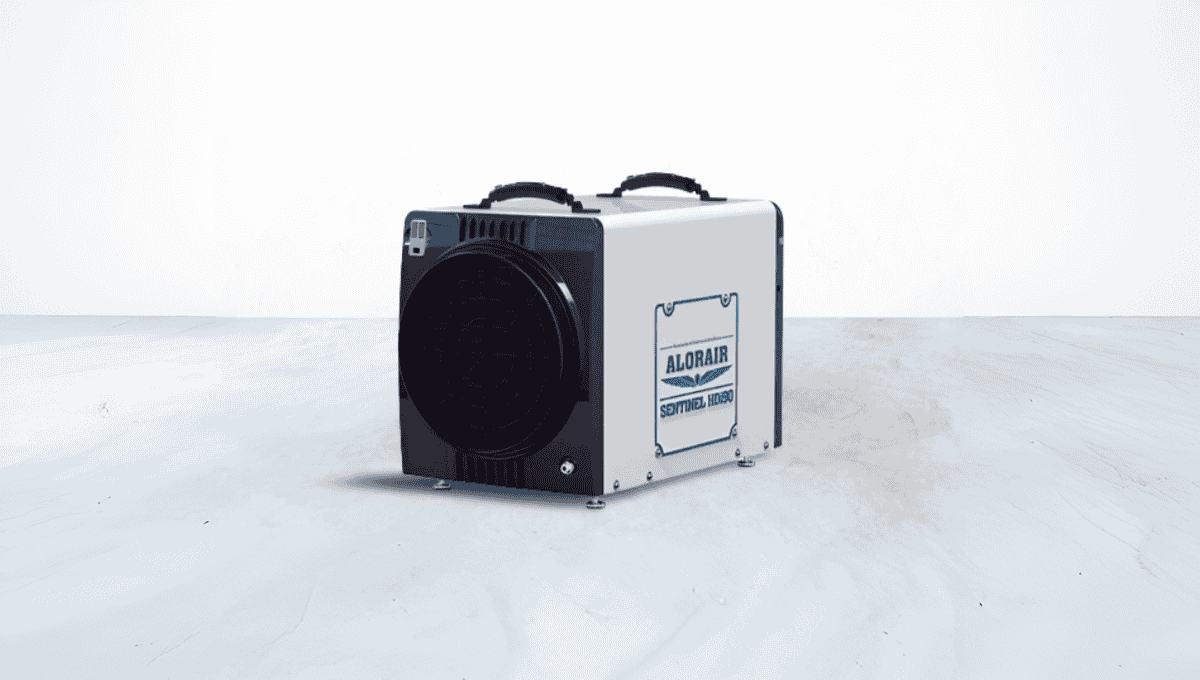Dealing with a damp crawl space can be a challenge, especially when issues like leaking foundation walls and condensation from warm outside air meeting cooler crawl space air lead to moisture problems. This excess moisture often results in mold growth, wood rot, and structural damage. Installing a dehumidifier can help by removing moisture from the air, making the space healthier and reducing musty smells. However, without encapsulation, a dehumidifier alone may not fully control the moisture effectively.
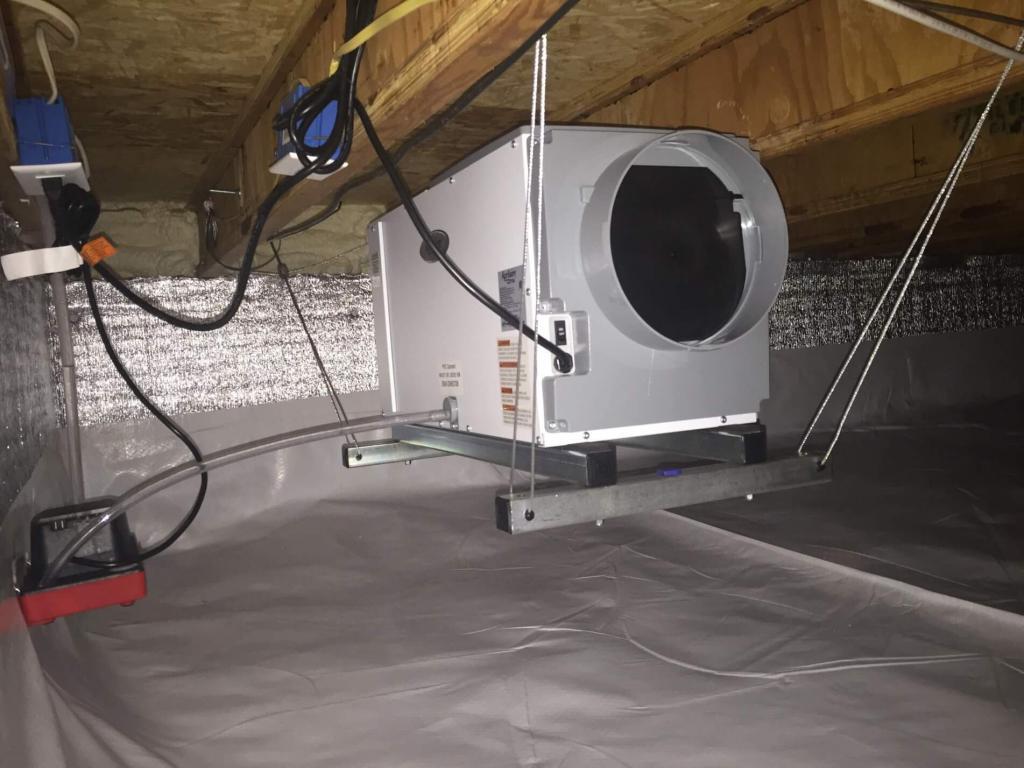
Crawl space encapsulation is a popular solution as it seals the area from outside air, offering more comprehensive protection. But if encapsulation is beyond your budget, investing in a dehumidifier can still mitigate some issues and improve air quality. While it won’t completely solve the problem, it can help prevent further damage and maintain a more comfortable living environment.
Can You Use a Dehumidifier in the Crawl Space without Encapsulation?
The simple answer is yes, you can put a dehumidifier in an unconditioned crawl space, but it’s crucial to understand the limitations of this approach.
While dehumidifiers are designed to remove excess humidity, their effectiveness diminishes in crawl spaces without encapsulation due to uncontrolled infiltration. In vented crawl spaces, a significant volume of high-humidity air enters through necessary vents, challenging the unit’s ability to manage the space effectively. During summer, this struggle intensifies, and in winter, the crawl space’s temperature could exceed the dehumidifier’s load temperature cutout, causing the unit to trip out on a safety limit switch.
Operating a dehumidifier in such conditions is not energy efficient and is generally not recommended as a professional method for long-term moisture management. The unit will struggle to keep up, and the results you’re looking for a dry and well-managed space may not materialize. Without the encapsulation process to prevent outside air from entering, the space remains difficult to manage, making it less likely that the dehumidifier will have any significant effect. In essence, while you can use a dehumidifier in these conditions, the process might yield little to no effect, leaving the crawl space still not manageable.
Benefits of Non-Encapsulated Crawl Space Dehumidification
- Cost-Effectiveness: Installing a dehumidifier in a crawl space without encapsulation proves often more budget-friendly than the costly process of encapsulation, which involves placing a unique cover for moisture control. This makes the dehumidifier a more accessible option for homeowners looking to manage humidity without the high costs.
- Ease of Installation: Dehumidifiers are relatively easy to install, requiring less extensive labor compared to encapsulation systems. This simplicity extends to maintenance, as dehumidifiers generally require less upkeep in certain areas of the crawl space.
- Flexibility: By using a dehumidifier, you directly target the root cause of humidity in your crawl space. This device prevents dampness and mold growth by removing excess moisture from the air, a more straightforward approach compared to the comprehensive sealing involved in encapsulation. Dehumidifiers work without requiring airtight sealing, offering a flexible solution to moisture problems.
Challenges of Using Dehumidifiers in Non-Encapsulated Crawl Space
- Less Efficiency: While dehumidifiers can eliminate excess humidity, their effectiveness is notably reduced in a crawl space without encapsulation. Encapsulation effectively prevents infiltration of outside air and humidity, which dehumidifiers alone struggle to achieve. Without this barrier, the dehumidifier has to work harder and may still fail to fully control the environment.
- Managed Infiltration and Temperature Extremes: In non-encapsulated spaces, cold air and humidity infiltration are not managed as effectively. During winter, a dehumidifier in an unencapsulated crawl space might not function properly due to being subjected to wintertime temperatures that are often at or below freezing. Similarly, in the summertime, the scorching days can overwhelm the system, unlike in a home where air conditioning keeps houses cool and windows and doors are kept closed.
Operating a dehumidifier in these conditions is not only less economical but also requires more maintenance and might be less efficient than if the space were encapsulated. These factors are essential to consider for homeowners evaluating the long-term effectiveness and operational cost of their moisture control solutions.
Key Factors in Choosing a Dehumidifier for Unencapsulated Crawl Spaces
Assessing Local Climate Conditions
When considering a dehumidifier for a crawl space without encapsulation, it’s crucial to evaluate the weather and humidity in your area. Dehumidifiers are most effective in areas with low humidity levels, as they work to remove moisture from the air. If your local climate has regular high levels of humidity, a dehumidifier alone might not adequately address the moisture issues in your crawl space. In humid regions, the outside air is often moist, forcing the dehumidifier to exert much effort to maintain a dry crawl space.
Furthermore, depending on the humidity and weather conditions where you live, you might find the need to integrate more options such as improved ventilation or even sealing the crawl space with a specific covering to complement the dehumidifier’s function. Before making a decision, it’s important to determine the regular level of humidity in your area to ensure that a dehumidifier is a viable solution to your moisture problem. This evaluation will help you choose a setup that can effectively control the environment of your crawl space, optimizing for both cost and efficiency.
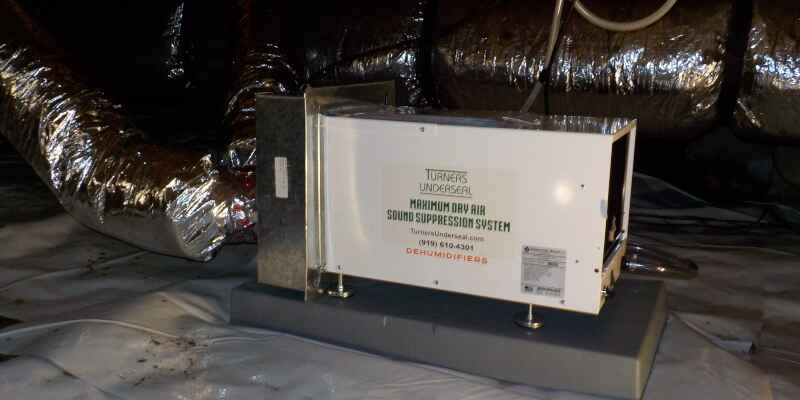
Evaluating the size and shape
When selecting a dehumidifier for a crawl space without encapsulation, it’s essential to consider the size and shape of your crawl space. The size of the dehumidifier you choose should match the amount of moisture and the area it needs to cover; a small dehumidifier might struggle to control moisture effectively in a large crawl space. Additionally, the condition of your crawl space, whether it has a lot of bare dirt and insulation or a sealed surface with a concrete floor and sealed edges, significantly impacts the efficiency of the dehumidifying process. Selecting the right dehumidifier involves evaluating both the size and condition of the crawl space to ensure it can effectively remove moisture and maintain a dry environment.
Also Read: Best Insulation for Crawl Space
Addressing Moisture at Its Source in Crawl Spaces
When considering a dehumidifier for your crawl space to reduce moisture levels, it’s crucial to first address the root cause of the moisture issues. Water seeping through the foundation, outside humidity, and inadequate air circulation all contribute to recurring moisture problems. Simply installing a dehumidifier will require it to work harder to remove moisture that continuously re-accumulates, compromising long-term efficiency. To effectively control the source of humidity, enhancing air circulation and fixing any water seepage issues are essential steps before relying solely on a dehumidifier. This proactive approach ensures that the dehumidifier can operate more effectively, maintaining a drier crawl space without constant intervention.
Preparing for the Maintenance of Dehumidifiers in Crawl Spaces
When installing a dehumidifier in your crawl space, considering the maintenance and upkeep needs is essential for ensuring it functions properly over time. Dehumidifiers require regular care, including emptying the collection tank and cleaning the air filter as recommended by the manufacturer. These maintenance tasks help prevent the unit from becoming less effective at removing moisture from the air. Before deciding, consider the time and effort you will need to spend on dehumidifier maintenance. Ensuring you can commit to these regular tasks will help maintain the air quality and functionality of the space, avoiding the potential for moisture buildup that can lead to bigger issues.
Is Encapsulation Worth The Cost?
Evaluating the Value of Crawl Space Encapsulation
When weighing whether encapsulation is worth the cost for your crawl space, it’s crucial to assess the budget and long-term benefits for your home. Initially, the investment might seem steep, as encapsulation costs can start from several thousand dollars, depending on the size and condition of the space. In contrast, a dehumidifier might appear as a more budget-friendly solution, with costs starting around $1,500. However, if your crawl space is musty, your floors are cold, or you’re experiencing unusually high energy bills, encapsulation offers a more comprehensive and effective solution. It not only controls moisture and temperature, but also enhances overall home improvement and energy efficiency, potentially justifying the higher upfront costs with significant long-term savings and improved living conditions.
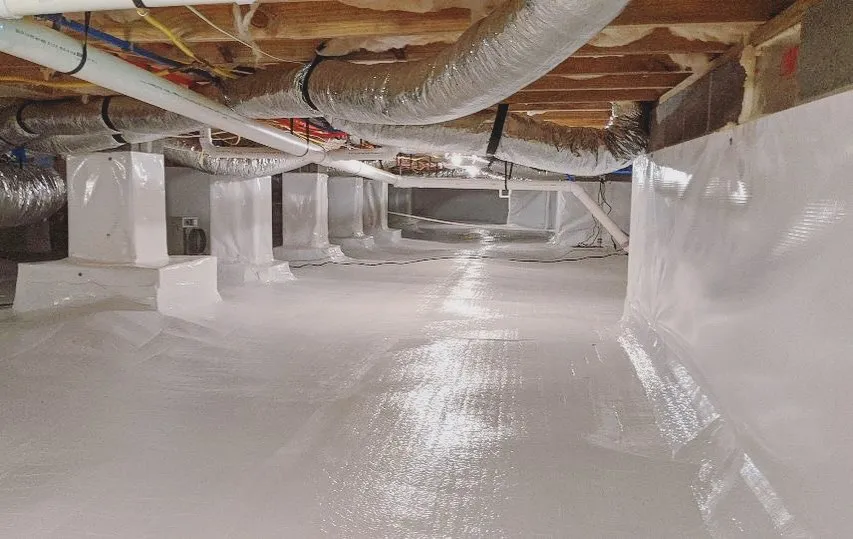
Also Read: Is Crawl Space Encapsulation Worth It?
Benefits
Assessing the Longevity of Crawl Space Encapsulation
Encapsulation of a crawl space is often viewed as a permanent solution to moisture problems, one that, unlike simple dehumidifiers, requires only occasional maintenance. While a dehumidifier in your crawl space needs the machine’s filter to be changed yearly and might not fully handle moisture ingress from the ground, encapsulation provides a robust barrier against humidity. Encapsulated crawl spaces may sometimes face wear, such as a tear in the vapor barrier due to heavy traffic, but these are easily repaired with crawl space tape. Ultimately, encapsulation is designed to last the lifetime of your home, making it a one-time investment rather than a recurring expense. This approach not only secures the structural integrity of your home but also ensures that your crawl space remains dry and stable over the years, without the need for repeated interventions.
Financial Benefits of Crawl Space Encapsulation
Encapsulation of your crawl space not only results in a cleaner and easier to maintain area but also transforms it from a potentially musty, dirty, or pest-infested space into a highly desirable feature of your home. This is especially valuable when considering the resale value of your property. An encapsulated crawl space is an attractive selling feature for buyers, often leading to higher appraisals. The upfront cost of encapsulation could be offset by the increase in your home’s resale value, making it a sound investment. Real estate professionals often highlight this upgrade as a critical improvement that can sway purchasing decisions, particularly in humid regions where crawl space issues are prevalent.
The Comprehensive Impact of Crawl Space Encapsulation
Encapsulation effectively addresses the root problems in a crawl space by sealing it off from outside elements, which keeps the space clean and dry. This method is particularly effective in areas like Climate Zone 5, where extreme weather conditions can lead to a wet and damp environment in unsealed spaces. Unlike other methods that simply cut off the home from the crawl space, encapsulation prevents cold air in winter and hot, humid air in summer from infiltrating the home through plumbing and other penetrations in the floor. This not only improves the energy efficiency and comfort of your home from a standpoint of climate control but also circulates clean, conditioned air throughout, solving issues that make a crawl space problematic and dingy without proper sealing.
Evaluating Encapsulation and Dehumidification Needs
When considering encapsulation for your crawl space, it’s important to note that you might not need to purchase a separate dehumidifier afterward. Many homes with encapsulated crawl spaces find that existing HVAC systems, especially those with ductwork running through the crawl space, sufficiently condition the air through their built-in dehumidification capabilities. Depending on the setup of your home, tapping into what already exists can effectively manage humidity levels without the additional cost and installation of a new dehumidifier. This approach not only simplifies maintenance but also enhances overall air quality and energy efficiency, making encapsulation a potentially more comprehensive solution.
Final Thoughts on Dehumidifier in Crawl Space Without Encapsulation
While dehumidifiers are a necessary piece of machinery to add to a crawl space, they may not offer much benefit unless the environment is controllable. In cases of uncontrolled infiltration, a dehumidifier cannot successfully combat humidity alone. If your crawl space is causing problems in your home, such as persistent dampness or mold growth, the real solution you might need is encapsulation. Encapsulation controls the environmental factors that allow these issues to persist, making the space more manageable and ensuring that any installed dehumidification systems can function effectively. This strategic approach addresses the root causes of moisture and creates a healthier living space.
Contact us today, and we’ll connect you with trusted professionals to help protect your home and create a healthier, energy-efficient living environment.
FAQ
Can you use a dehumidifier without encapsulation?
The short answer is yes, you can use a dehumidifier in a crawl space without encapsulation, but in an unconditioned space, it won’t create the results you’re looking for, as moisture control will remain inefficient.
What can I use instead of crawl space encapsulation?
A 20-mil vapor barrier is the most effective option to keep your crawl space clean and dry without full encapsulation.
Can you put a dehumidifier in a crawl space?
Yes, putting a dehumidifier in a crawl space can save money in the long run, as it may be cheaper to run and prevent moisture damage, which could be expensive to fix later.
Where not to put a dehumidifier?
Keep the dehumidifier away from walls, as blocking the air vents used to suck and expel air can reduce its effectiveness, even if it seems like the best place to put it.
